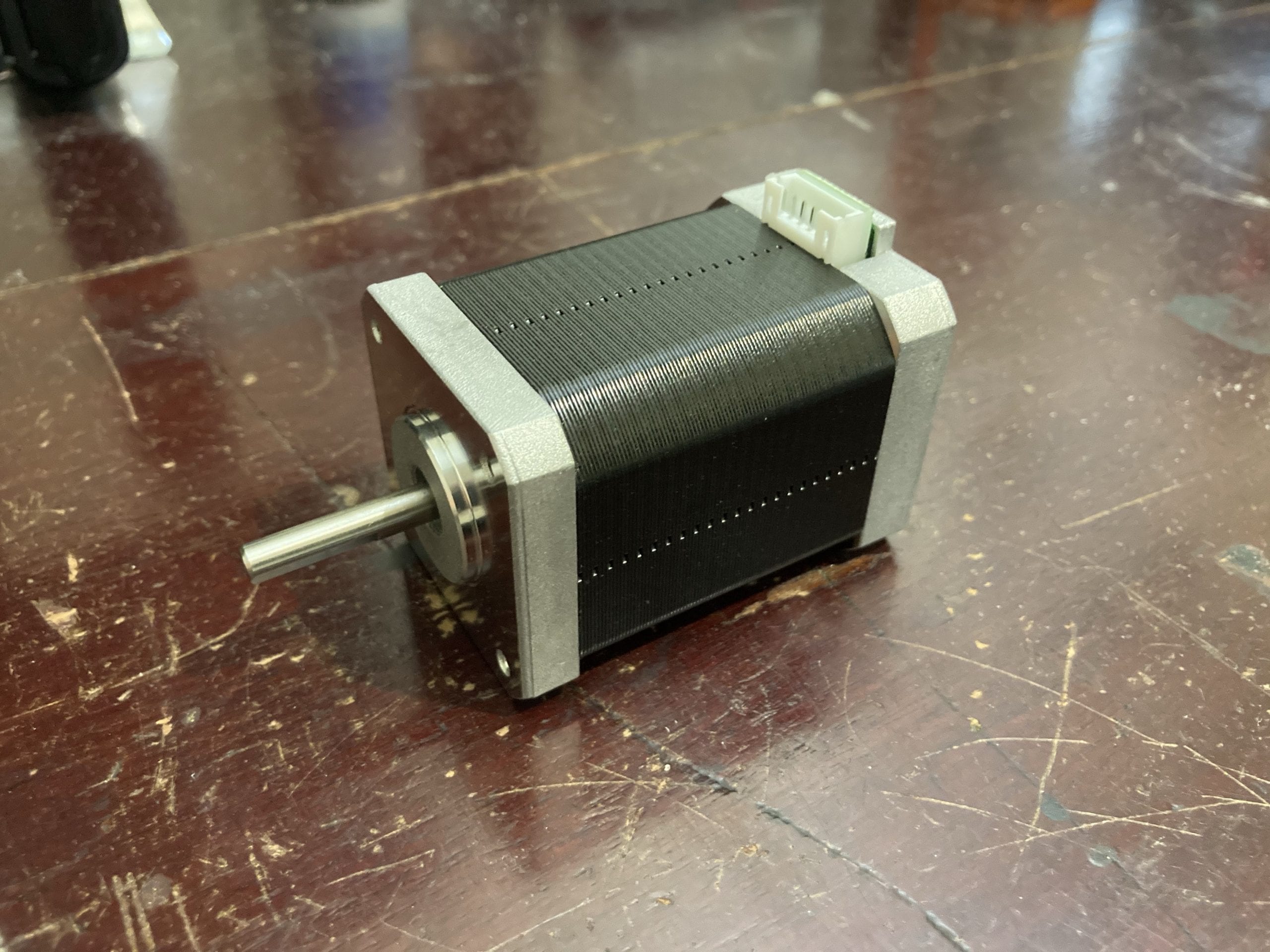There have been several different types of electric motors in use for decades, and all of them drive mechanisms or something similar. What sets stepper motors apart from brushed DC motors?
Brushed DC motors are designed to rotate their shafts continuously and are used in applications where they are not required to make precise movements or hold their position. Brushed motors use a physical commutator that is energized using carbon brushes connected to a power source. Common applications for brushed motors include but are not limited to fans, power windows, and other mechanisms that only require the motor to spin continuously.
Stepper motors are designed to rotate their shafts in steps. Every time you operate a stepper motor, it turns in 1-step increments (unless you do microstepping, which enables you to turn the shaft a fraction of a step). The resolution of a stepper motor is defined as the number of degrees it turns per step. A common resolution for general purpose stepper motors is 1.8 degrees per step. This means that a half-revolution of the motor’s shaft is 100 steps, and a full revolution is 200 steps (360 degrees). Stepper motors can also hold their position or stop at a specific point.
What all this means is that stepper motors can be programmed to move a mechanism a certain number of inches or centimetres. A brushed DC motor can’t do that accurately. It would likely stop before or slide past the point you want it to due to inertia and an inability to hold its position. Common applications of stepper motors include but are not limited to laser printers, inkjet printers, CNC machines, and many other robotics applications. A more specific example: Stepper motors are used to move printer heads to specific points on a sheet of paper, and they also roll out the paper itself to the exact points needed.







